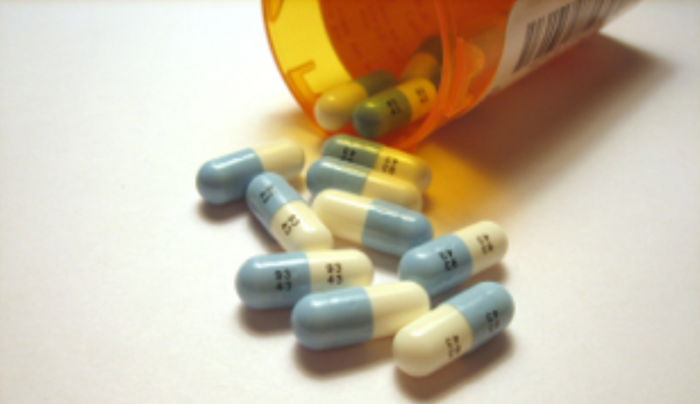Effectively Addressing Growing Rare Diseases Burden
September 01, 2024 | Sunday | Features
Drugs might be directly launched in India without local clinical trials for orphan drugs for rare diseases
image credit- shutterstock
The Central Drugs Standard Control Organisation (CDSCO) stated recently that certain categories of drugs which have already been approved in specified developed countries such as US, UK, EU, Canada, Japan and Australia, can be directly launched in India without local clinical trials, including orphan drugs for rare diseases.
Considering the fact that many crucial drugs have been launched 10-20 years after being approved in the US and European Union, it might be a very positive step in the direction of promoting collaboration between local and global pharma majors to manufacture, market or distribute the drugs locally. This can particularly prove fruitful for the Indian pharma sector to address the growing burden of rare diseases in the country.
With a staggering 400 million cases worldwide, rare diseases seem anything but rare. India alone accounts for some 72-96 million such patients. This means one in every 20 Indians suffers from a rare disorder.
Additionally, individuals with rare diseases face numerous challenges, including late diagnosis and misdiagnosis, improper or no response to therapies, and lack of accurate monitoring tools. Misdiagnosing rare diseases is a significant obstacle that can lead to worsened symptoms along with the development of other health problems.
As a result, with the third consecutive term win of the government, rare disease patients and their caregivers are now writing to the newly appointed Union Health Minister JP Nadda to draw the Ministry’s attention to the critical gaps that remain in the implementation of the National Policy for Rare Diseases (NPRD) 2021.
For instance, the lives of many patients (mostly children) suffering from chronic rare genetic disorders, such as Lysosomal Storage Disorders (LSDs), are still fraught with uncertainty due to the lack of sustainable funding and delays in the effective utilisation of the allocated funds.
While the recent development by CDSCO might turn out to be a good development, the industry and academia researchers must still continue their search for novel and innovative drugs to treat rare diseases.
And to support the ecosystem in this search, artificial intelligence (AI) can make a big difference, in both diagnosing and finding treatments for rare diseases. The ability of AI-based technologies to integrate and analyse data from different sources such as multi-omics, patient registries, etc. can be used to overcome the challenges associated with rare diseases.
To give an example, investigators from Harvard Medical School and Brigham and Women’s Hospital have developed a deep learning algorithm that can teach itself to learn features that can then be used to find similar cases in large pathology image repositories. Known as SISH (self-supervised image search for histology), the new tool acts like a search engine for pathology images and has many potential applications, including identifying rare diseases and helping clinicians determine which patients are likely to respond to similar therapies.
On the other hand, researchers from Canada's London Health Sciences Centre (LHSC) and Lawson Health Research Institute are using a technology called EpiSign that leverages AI to measure a patient’s epigenome, which is a unique chemical fingerprint that is responsible for turning genes on or off. EpiSign can currently be used to help diagnose over 100 genetic diseases that were previously difficult to diagnose. Using this technology, the researchers are currently studying and developing biomarkers for over 700 rare disorders.
Another kind of interesting work is being done by a Bengaluru-based startup called Peptris. This AI-based drug discovery company is focusing on helping develop drugs for muscle-related rare diseases like Duchenne muscular dystrophy (DMD), a genetic disorder characterised by progressive muscle degeneration and weakness.
With AI making significant strides in furthering our understanding of different diseases, this might be the right time for the industry to invest more into the technology, with support from the government, to improve diagnosis and treatment of rare diseases.
Dr Manbeena Chawla
Executive Editor
manbeena.chawla@mmactiv.com










